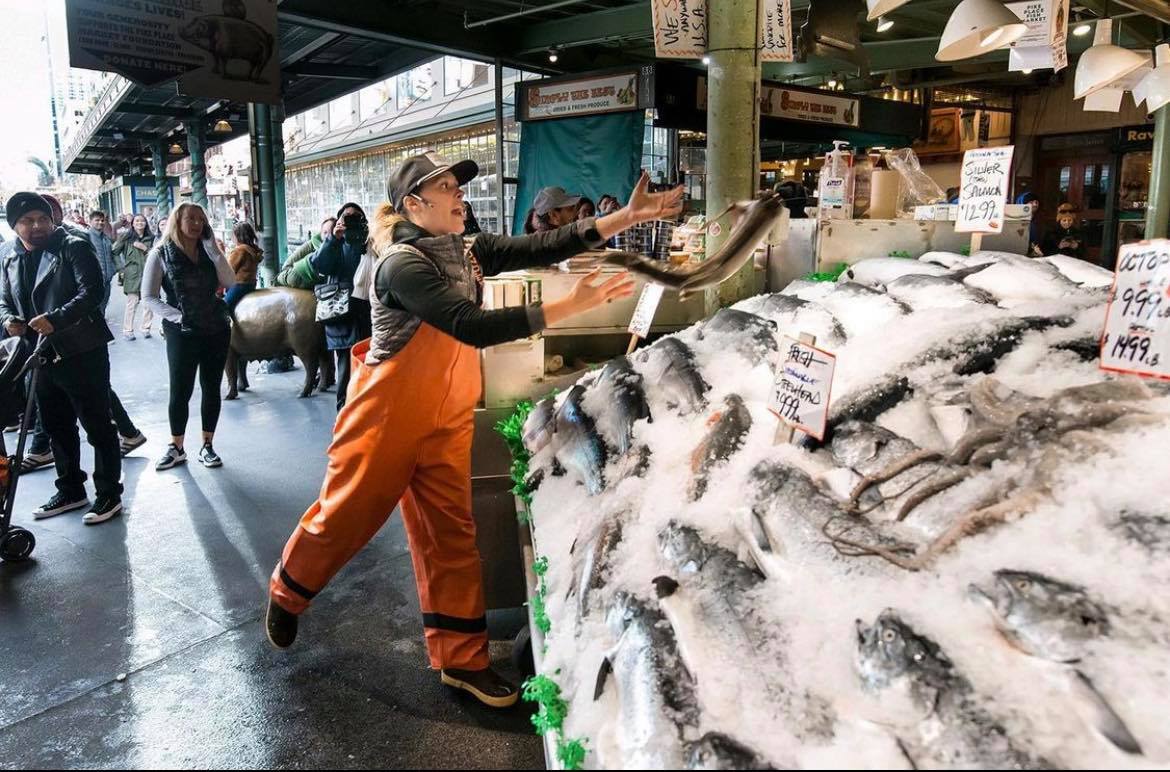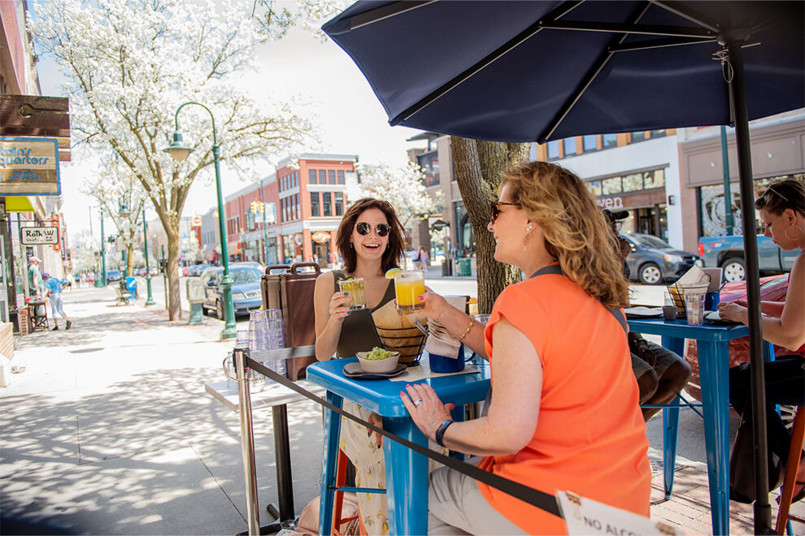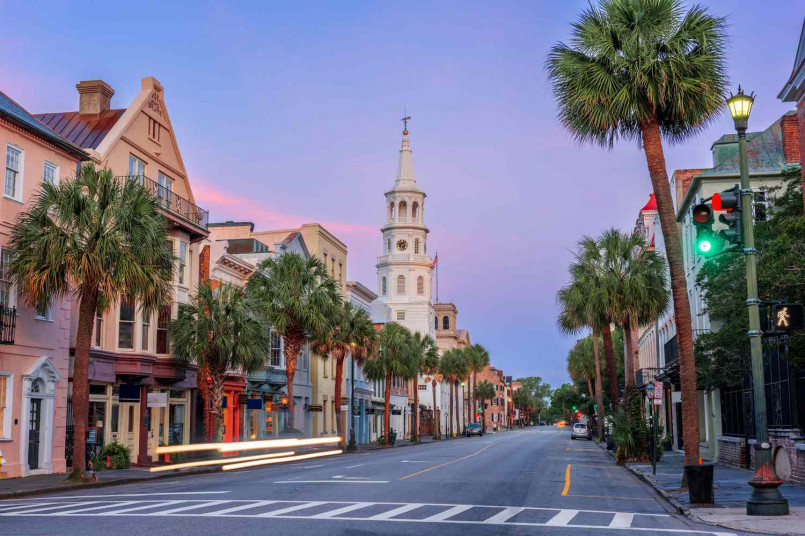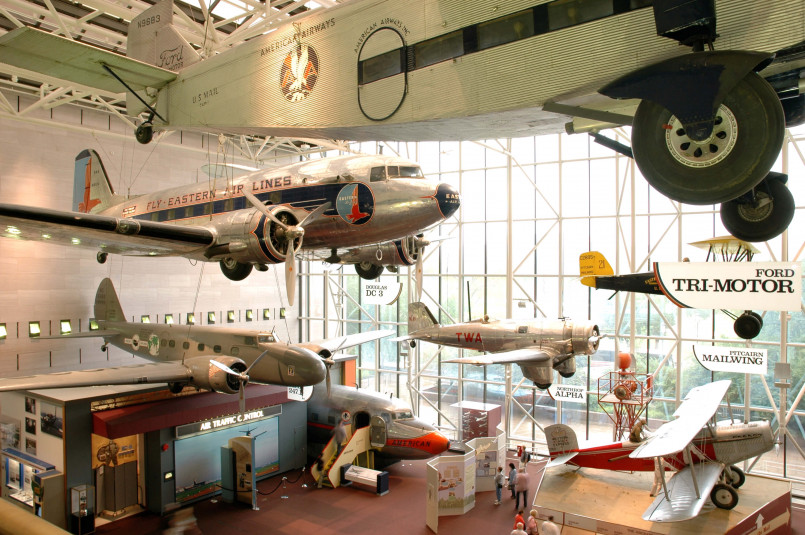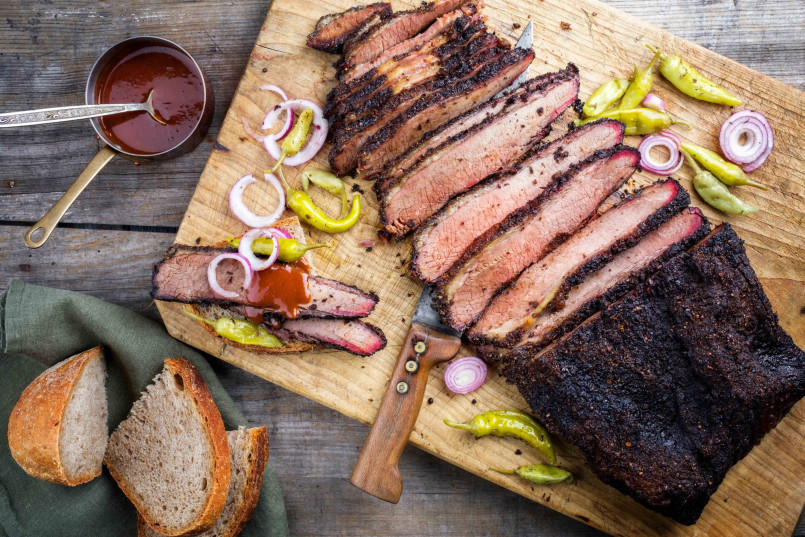America's urban food markets offer culinary journeys unlike any other, showcasing local specialties, artisanal goods, and cultural diversity. These 10 cities host the country's most exceptional food halls and markets, where visitors can taste regional delicacies, meet passionate vendors, and experience authentic American food culture firsthand.
From coast to coast, America's urban food markets serve as vibrant cultural hubs where culinary traditions, local ingredients, and diverse communities converge. These bustling marketplaces offer visitors and locals alike the chance to sample regional specialties, discover artisanal products, and experience the authentic flavors that define a city's food identity. Beyond just places to eat, these markets tell the stories of their communities through food, connecting people to traditions both old and new.
The following ten cities host some of the most extraordinary food markets in the United States, each with its own unique character and culinary offerings. Whether you're a dedicated foodie planning a cross-country tasting tour or a curious traveler seeking authentic local experiences, these food destinations deserve a prominent place on your itinerary.
Seattle: Pike Place Market
Established in 1907, Pike Place Market stands as one of America's oldest continuously operating farmers markets. This Seattle icon overlooks Elliott Bay and houses more than 500 shops, restaurants, and vendor stalls across its nine acres. The market is perhaps most famous for its flying fish tradition, where fishmongers theatrically toss fresh catches to each other while shouting orders.
Beyond seafood, visitors can explore artisanal cheese shops, bakeries, produce stands featuring Washington's celebrated apples and berries, and the original Starbucks location. Don't miss the market's lower levels, where you'll find specialty shops selling everything from handmade crafts to vintage books. The Gum Wall in nearby Post Alley has become an unlikely tourist attraction in itself.
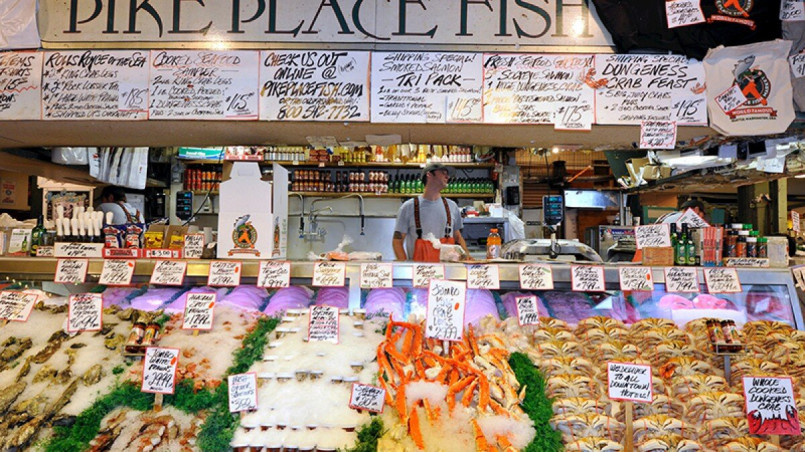
Philadelphia: Reading Terminal Market
Housed in a National Historic Landmark building since 1893, Reading Terminal Market represents Philadelphia's diverse culinary heritage under one roof. This indoor market features over 80 merchants, including Pennsylvania Dutch farmers who bring their rural traditions to the urban center.
The market is renowned for iconic Philly foods like cheesesteaks and roast pork sandwiches, but also offers international cuisines ranging from Middle Eastern to Caribbean. Visitors can watch as Amish vendors make fresh pretzels and donuts, sample locally produced honey and preserves, or browse butcher shops featuring heritage meats. The market's communal seating areas create a lively atmosphere where locals and tourists break bread together amidst the hustle and bustle.
New York: Chelsea Market
Occupying the former National Biscuit Company factory where the Oreo cookie was invented, Chelsea Market has transformed into one of New York City's premier food destinations. This block-long and block-wide market features more than 35 vendors in a restored industrial space that preserves much of its historic character.
The market showcases New York's global culinary diversity with offerings ranging from fresh seafood at The Lobster Place to hand-pulled noodles at Very Fresh Noodles. Visitors can shop for artisanal cheeses, sample small-batch coffees, or indulge in freshly baked pastries. Chelsea Market's location along the High Line makes it an ideal stop during a day of Manhattan exploration, and its industrial-chic atmosphere reflects the neighborhood's artistic heritage.
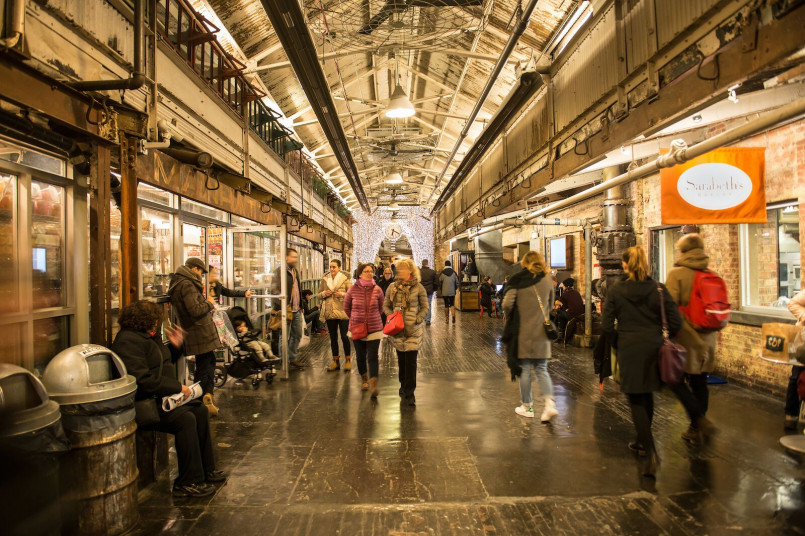
San Francisco: Ferry Building Marketplace
The historic Ferry Building, with its iconic clock tower, has been transformed into San Francisco's cathedral of local, sustainable food. This marketplace celebrates Northern California's agricultural bounty, connecting urban consumers with regional farmers, food producers, and artisans.
Inside, visitors can find award-winning cheeses from Cowgirl Creamery, sourdough bread from Acme Bread Company, and mushroom specialties from Far West Fungi. The Ferry Plaza Farmers Market, held outside the building three days a week, further showcases the region's seasonal produce. With its waterfront setting and focus on sustainable food systems, the Ferry Building Marketplace embodies San Francisco's culinary ethos of quality ingredients and environmental consciousness.
Boston: Faneuil Hall Marketplace
Dating back to 1742, Faneuil Hall has served as both a meeting hall and marketplace throughout American history. Today, the expanded Faneuil Hall Marketplace encompasses Quincy Market, North Market, and South Market buildings, creating a vibrant food and shopping destination in the heart of Boston.
The central Quincy Market Colonnade features dozens of food vendors offering everything from New England clam chowder served in bread bowls to fresh lobster rolls. Street performers entertain crowds in the cobblestone promenade, while the marketplace's historic architecture provides a backdrop that connects visitors to Boston's revolutionary past. Despite its popularity with tourists, locals still frequent the market for quick lunches and after-work gatherings.
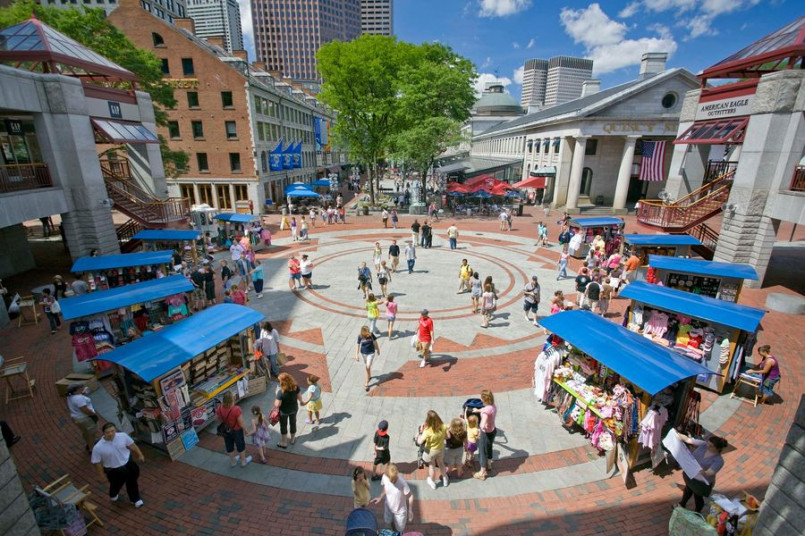
Los Angeles: Grand Central Market
Operating continuously since 1917, Grand Central Market reflects Los Angeles' ever-evolving culinary landscape. Located in downtown's Historic Core, this food hall has reinvented itself multiple times while maintaining its role as a gathering place for the city's diverse communities.
Today, the market blends long-standing legacy vendors with new-wave culinary entrepreneurs. Visitors can enjoy hand-ground Mexican spices at Chiles Secos, fresh-pressed juices at Press Brothers, or innovative egg sandwiches at Eggslut. The market's neon signs and bustling atmosphere capture L.A.'s energy, while its mix of traditional and trendy food options represents the city's unique blend of cultures and cuisines.
New Orleans: French Market
America's oldest public market, the French Market has operated since 1791 along the Mississippi River in New Orleans' French Quarter. This open-air market stretches six blocks from Café du Monde, famous for its beignets and chicory coffee, to the daily flea market at the far end.
The food section features vendors selling Creole and Cajun specialties like gumbo, jambalaya, and pralines, alongside fresh produce and seafood. Local hot sauce collections, spice blends, and cocktail mixes make for popular souvenirs. Street musicians often provide a soundtrack of jazz and blues, enhancing the market's festive atmosphere that captures New Orleans' unique cultural heritage and joie de vivre.
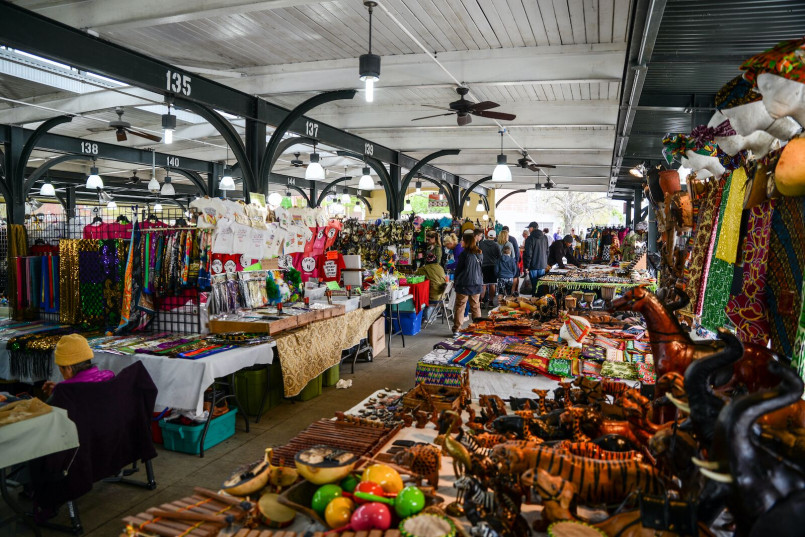
Portland: Portland Mercado
As the city's first Latin American public market, Portland Mercado showcases the culinary traditions of Mexico, Colombia, Peru, and other Latin American countries. This colorful marketplace in Southeast Portland features food carts, a grocery store, and indoor retail spaces dedicated to Latin American businesses.
Visitors can sample authentic dishes like Colombian arepas, Oaxacan tlayudas, or Cuban sandwiches from the various food carts, then shop for imported ingredients and handcrafted goods inside. Community events, including cooking classes and cultural celebrations, make Portland Mercado more than just a place to eat-it's a cultural hub that highlights the contributions of Latin American immigrants to Portland's food scene.
Chicago: Revival Food Hall
Housed in a restored 1907 building in Chicago's Loop, Revival Food Hall represents the modern evolution of urban food markets. This 24,000-square-foot space brings together 15 of the city's most exciting neighborhood restaurants in a single location, creating a showcase of Chicago's diverse culinary talent.
Unlike traditional markets, Revival focuses on chef-driven concepts rather than raw ingredients or groceries. Visitors can sample miniature versions of beloved Chicago eateries, from Smoque BBQ's brisket to Antique Taco's creative Mexican fare. The food hall's sophisticated design, featuring original marble columns and mosaic floors alongside contemporary elements, provides a stylish setting for downtown workers and visitors to experience the city's vibrant food culture.
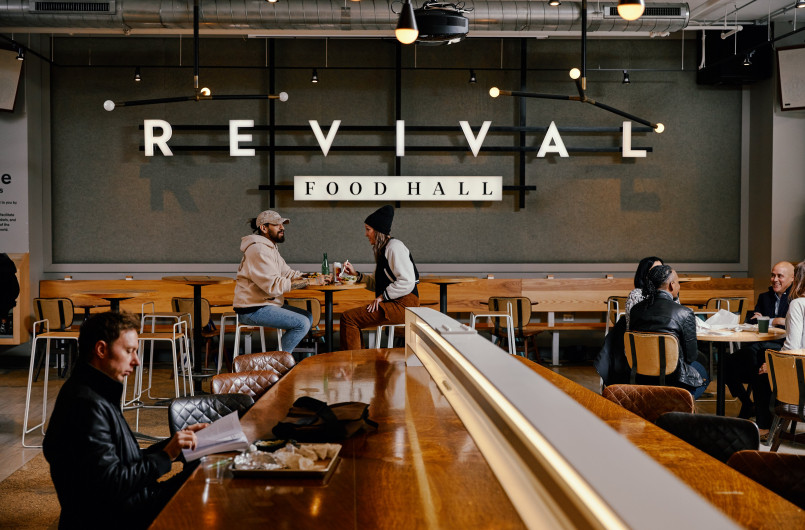
Atlanta: Ponce City Market
Located in the historic Sears, Roebuck & Co. building, Ponce City Market has revitalized a massive 1926 structure into one of Atlanta's premier food and shopping destinations. The Central Food Hall brings together James Beard Award-winning chefs and local food entrepreneurs in a thoughtfully designed space that honors the building's industrial past.
Visitors can sample Southern specialties with modern twists at restaurants like Botiwalla and H&F Burger, then browse food shops offering everything from artisanal chocolates to small-batch spices. The market connects directly to the Atlanta BeltLine, making it accessible to pedestrians and cyclists, and its rooftop amusement park offers spectacular city views. As a mixed-use development with residential and office spaces, Ponce City Market represents a 21st-century approach to urban markets as community anchors.
Frequently Asked Questions About 10 U.S. Cities with World-Class Food Markets You Need to Visit
What's the oldest food market in the United States?
The French Market in New Orleans is considered America's oldest public market, operating continuously since 1791. This historic market has evolved over more than two centuries while maintaining its role as a hub for local food and culture in the French Quarter.
Are these food markets open year-round?
Most of the markets listed are open year-round, though some have seasonal operating hours. Indoor markets like Reading Terminal in Philadelphia and Chelsea Market in New York offer climate-controlled shopping regardless of weather, while some outdoor sections of markets like Pike Place in Seattle may have reduced vendors during winter months.
Which food market is best for families with children?
Pike Place Market in Seattle and Faneuil Hall Marketplace in Boston are particularly family-friendly with their street performers, interactive experiences (like the famous fish throwing), and variety of food options that appeal to kids. Many markets also offer special events and activities for children throughout the year.
Can you take food tours of these markets?
Yes, most of these markets offer official or third-party food tours that provide historical context, vendor introductions, and curated tastings. These guided experiences are excellent ways to navigate larger markets and discover hidden gems you might otherwise miss. Many markets also offer self-guided tour maps for independent exploration.
Which market best represents local food culture?
Each market strongly represents its local food culture, but the Ferry Building Marketplace in San Francisco particularly stands out for its focus on Northern California's sustainable food systems and farm-to-table ethos. Similarly, New Orleans' French Market offers one of the most distinct regional culinary experiences with its Creole and Cajun specialties.
What's the best time of day to visit these food markets?
For the freshest selection and to avoid crowds, visit markets early in the morning (typically 8-10am). For the best atmosphere and people-watching, lunchtime offers peak energy. If you're looking to shop rather than eat, some vendors offer discounts in the final hour before closing when they're trying to reduce inventory.
